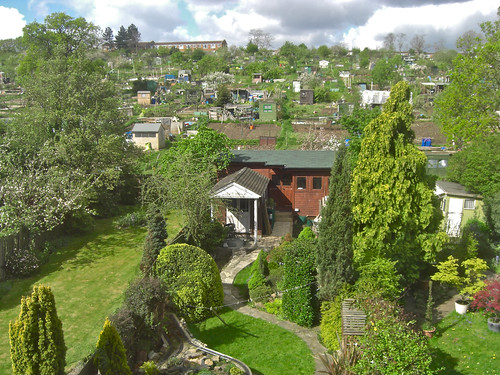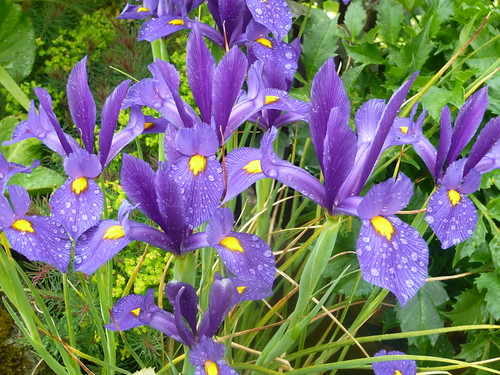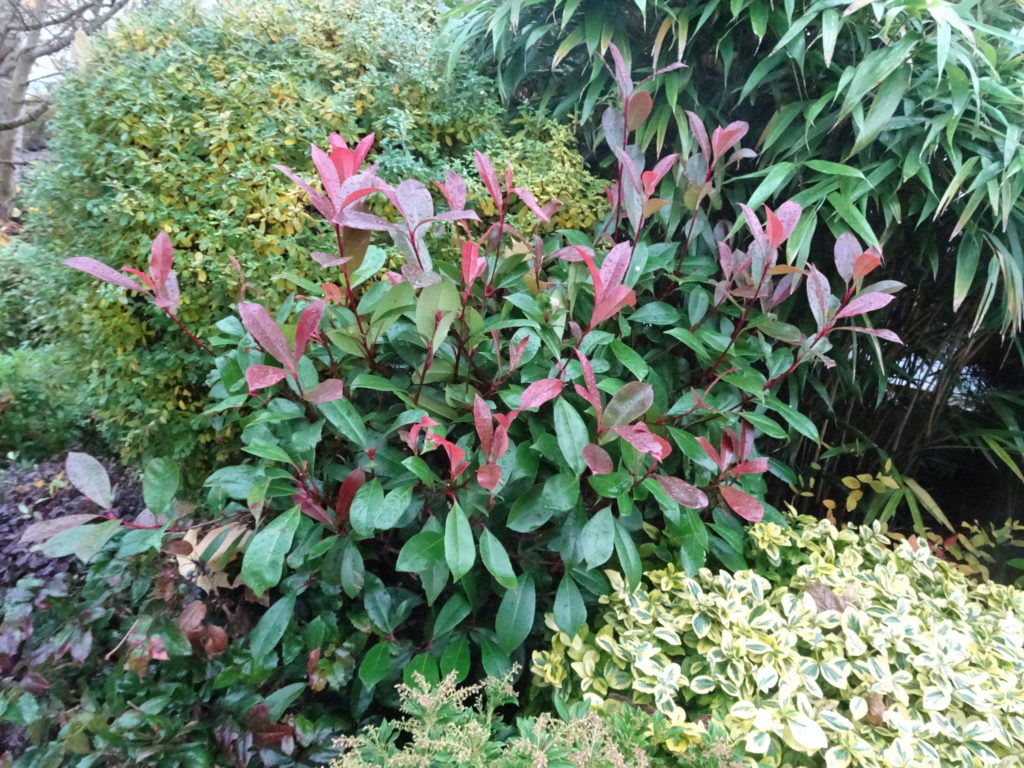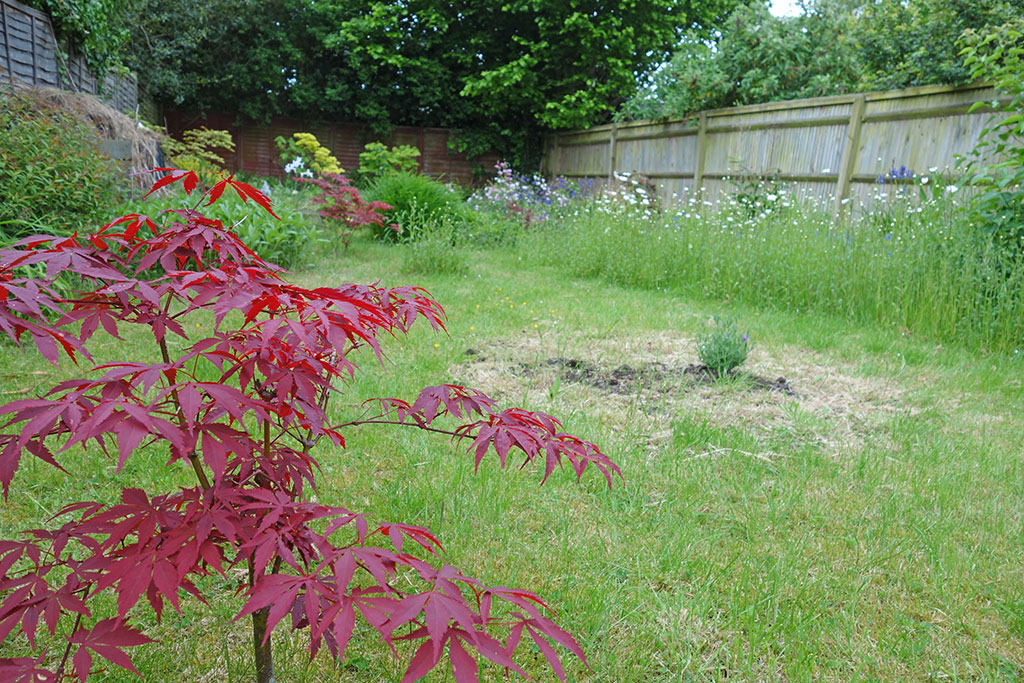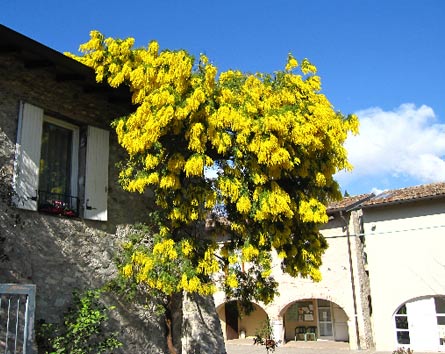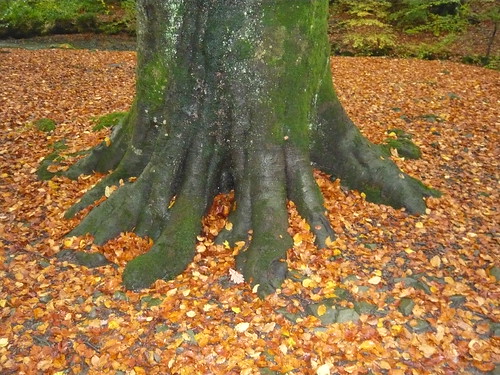Allotments on Knight’s Hill London
I was caught by the headline ‘On the Eighth day God Created Allotments
With new interest in researching allotments I came across this fantastic picture with lots of detail. ‘Back garden, spring 2008 by Darkroom Daze’ has been made available under a creative commons license CC BY-NC-SA 2.0. Here is some of the supporting detail but you can find more by clicking the picture thanks to Darkroom Daze.
‘NOTE ON THE GARDEN
The garden was very plain and bare when we arrived in 1985. We have been developing the design gradually since then, but not from a single pre-planned conception. Eventually we developed the overall shape, with a ‘winding river’ effect made by the lawns and path. The shapes of the rockeries, planting and other features are based on the way a small stream winds between ‘interlocking spurs’ in hilly terrain. We did all the planting, and I built many of the features. For further history of our garden, see set description for ‘OUR BACK GARDEN’
FEATURES (also noted on photo if viewed with flickr)
– Arbour – R foreground, only slat-roof visible, assembled from flat-pack.
– Garden railway – L foreground, on Water Rockery, G-scale 45mm gauge.
– Path – of reclaimed York stone laid in ‘crazy’ style by local landscaper, late Mr. Rogers, to our own winding design, shortly after we arrived in 1985.
– Temple of Juno garden shed – centre L, with white portico and shingled roof, built by me in sections out of reclaimed timber (“Rosen Wanted”) at a previous house, brought here and extended with portico, and finished by joiner Steve Cruse.
– Upper Rockery (Railway Rockery) – lower centre, with evergreen and alpine planting, and Upper Loop ofGarden Railway (not visible here), built myself of various kinds of stone in simulated geological structure.
– Valrosa Cabin workshop – centre background, brown, fully insulated, completed earlier in the year by Acer Landscapes.
– Water Rockery – centre L, with pumped water course, upper pools, cascades, and lower loop of garden railway, though only the railway is visible here. Almost all built myself.
PLANTS (also noted on photo)
– Buxus sempervirens – jelly-mould box-hedge, centre L foreground.
– Chamaecyparis, columnar, not sure what species or form – in neighbour’s garden to L, along the fence.
– Chamaecyparis – probably C. lawsoniana, Lawson’s cypress, ‘Stewartii’ or ‘Westermannii’ – neighbours’ tall bright conifer, R centre.
– Chamaecyparis pisifera ‘Squarrosa’ – Sawara cypress, centre L immediately in front of Temple of Juno portico.
– Clematis armandii – evergreen climber on fence behind arbour, lower R. Looks reddish because this is colour of new spring shoots.
– Clematis cirrhosa var. balearica – growing over old apple tree stumps. centre L foreground.
– Cotoneaster frigidus – centre L in front of Temple of Juno.
– Escallonia macrantha – two shrubs shaped into an arch over side path, L side only visible here, centre R.
– Juniperus scopulorum ‘Skyrocket’ – pillar juniper, centre R.
– Lonicera japonica – Japanese honeysuckle, evergreen, closest part of R hedge.
– Lonicera nitida ‘Baggesen’s Gold’ – lower centre R, between path and arbour.
– Origanum vulgare ‘Aureum’ – golden marjoram, at front of Upper Rockery along the path, lower centre.
– Phormium tenax probably ‘Rainbow Queen’ – New Zealand flax, the spiky plant just R of centre foreground.
– Picea glauca var. albertiana ‘Conica’ – dwarf white spruce, two of them, one behind the other, lower centre by path.
– Picea glauca var. albertiana ‘Conica’ – dwarf white spruce, two trees one behind the other, lower centre on Upper Rockery.
– Picea mariana ‘Nana’ – dwarf black spruce, lower centre by path.
– Platycladus orientalis ‘Beverleyensis’ – golden form of Eastern Thuja, in shade, L foreground.
– Prunus domesticus (presumably) – the neighbours’ plum tree, upper centre L, to L of Valrosa Cabin.
– Pyracantha, probably P. x watereri – in neighbours’ garden, growing against fence, lower R.
– Pyrus probably P. communis – common pear tree, in neighbours’ garden, top L.
– Quercus – probably Q. robur L., pedunculate oak, growing along fence behind a neighbouring garden, top R.
– Taxus baccata – yew, golden fastigiate form, probably ‘Standishii’ – front L in neighbour’s garden.’
Rosendale Allotments Association
- Established in 1880 the Rosendale Allotments Association RAA has 480 plots on the site with plot holders and sharers from South London.
- RAA is looking for votes in a competition to find a name for their periodic newsletter.
• The Plot Thickens
• Green Stuff
• Hot Off The Plot
• Green News Digest - In common with many other allotment sites RAA has had to suspend the waiting list as at current rate of turnover waiting time for an allotment on the site is estimated at twenty years.
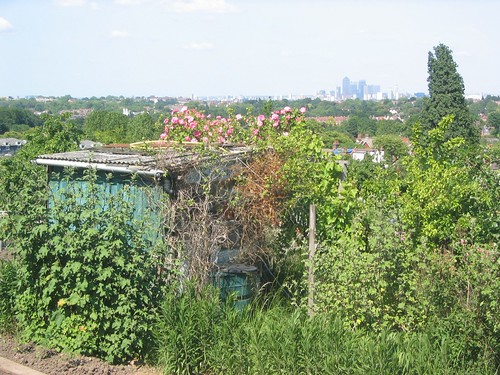
Other credits Shed view by coconinoco CC BY-NC-ND 2.0 with London skyline.
